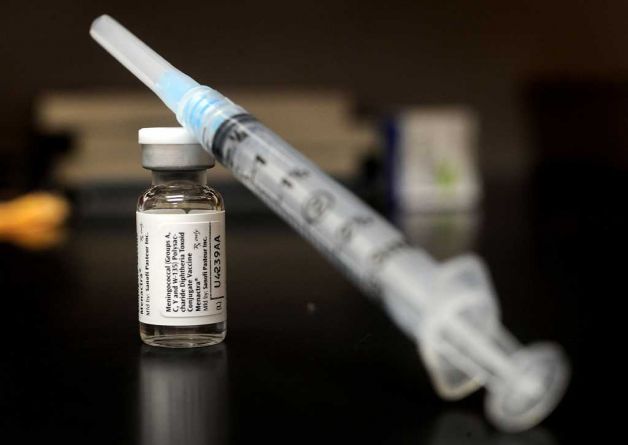Global Infant Vaccination Rates Stabilize, but Millions Remain Vulnerable Amidst Funding Cuts and Misinformation
The global effort to protect children from preventable diseases through vaccination has reached a critical juncture. While infant vaccination rates have shown signs of stabilization after declines during the COVID-19 pandemic, significant challenges remain, leaving millions of children vulnerable. United Nations agencies warn that severe aid cuts and the pervasive spread of misinformation are deepening coverage gaps, jeopardizing decades of progress in global health.
According to the latest data released by the World Health Organization (WHO) and UNICEF, an estimated 85% of infants worldwide received the crucial three doses of the diphtheria, tetanus, and pertussis (DTP) vaccine in 2024. This translates to roughly 109 million children benefiting from this essential protection. While this figure represents a modest 1% increase compared to 2023, and an additional 1 million children reached, the overall picture remains concerning. Almost 20 million infants missed at least one DTP dose in 2024, a stark reminder of the persistent inequalities in vaccine access.
Of particular concern is the number of “zero-dose” children – those who received no vaccinations at all. While the number of zero-dose children decreased slightly from 14.5 million in 2023 to 14.3 million in 2024, this figure remains significantly higher than the pre-pandemic level of 12.9 million recorded in 2019. This persistent gap highlights the lingering impact of the pandemic and the ongoing challenges in reaching the most vulnerable populations. Despite the slight improvement, the fact that millions of children remain entirely unprotected from preventable diseases underscores the urgent need for intensified global action.
The UN agencies have issued a stark warning that the world is currently off track to achieve its ambitious goal of 90% vaccination coverage for children and adolescents by 2030. This target, a cornerstone of global health strategies, is now under threat due to a confluence of factors, most notably funding cuts and the spread of misinformation. The WHO Director-General, Tedros Adhanom Ghebreyesus, has emphasized the gravity of the situation, stating that drastic cuts in aid, combined with the proliferation of misinformation about vaccine safety, are undermining decades of hard-won progress.
Funding reductions from major donors, including the United States, have had a particularly detrimental impact on vaccination efforts. UNICEF’s immunization chief, Ephrem Lemango, has reported that these cuts have disrupted outbreak responses in nearly 50 countries, hindering the ability to contain the spread of preventable diseases. This disruption has far-reaching consequences, not only impacting immediate outbreak control but also eroding the infrastructure and capacity needed for sustained vaccination programs.
The insidious spread of misinformation about vaccine safety poses a further, significant challenge to achieving global vaccination goals. WHO vaccine chief, Kate O’Brien, has warned that the erosion of trust in scientific evidence is fueling immunity gaps and contributing to disease outbreaks. The proliferation of false and misleading information online and through other channels has created a climate of hesitancy and distrust, making it increasingly difficult to reach communities with accurate information and ensure widespread vaccine uptake. The resurgence of measles outbreaks serves as a stark illustration of the consequences of declining vaccination rates. Globally, 60 countries reported large, disruptive measles outbreaks in 2024, nearly double the number reported in 2022. While 2 million more children received the measles vaccine in 2024, global coverage remains below the 95% threshold needed to prevent the spread of this highly contagious disease.
The convergence of funding shortfalls and misinformation represents a formidable obstacle to achieving global immunization targets. The UN agencies are urging immediate action to address these interconnected challenges. Restoring funding for vaccination programs is paramount to ensuring that children have access to life-saving vaccines. Simultaneously, concerted efforts are needed to counter the spread of misinformation and rebuild trust in scientific evidence. Effective communication strategies, community engagement, and partnerships with trusted sources of information are crucial to addressing vaccine hesitancy and promoting vaccine acceptance.
The current situation demands a renewed commitment to global health security. Protecting children from preventable diseases is not only a moral imperative but also a strategic investment in a healthier and more prosperous future. Failing to address the current challenges will have far-reaching consequences, not only for individual children but also for global health security as a whole. The international community must act decisively to reverse the negative trends and ensure that every child has the opportunity to thrive. The future of global health hinges on it.


